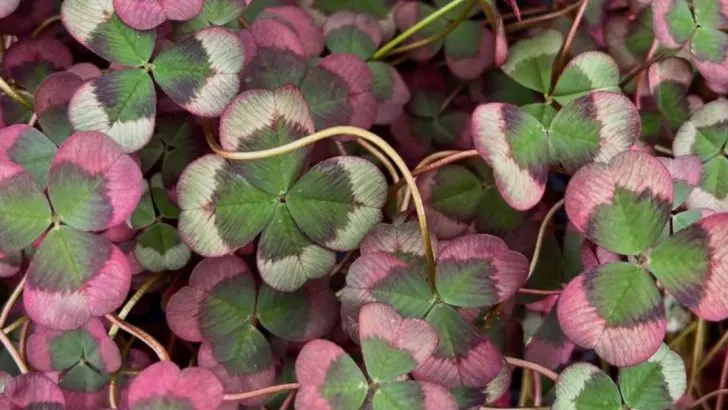You’ve seen them — those persistent little plants pushing through pavement cracks, creeping between bricks, or sprouting in places no garden would dare. But what if those wild plants aren’t just weeds? What if they’re nature’s subtle messengers, revealing secrets about your soil, moisture levels, or even pollution?
In this article, we explore 15 wild plants that seem to grow where nothing else can, and decode what their unexpected presence is trying to tell you. Some signal compacted earth. Others hint at hidden nutrients — or dangerous imbalances. And a few might be doing your ecosystem more favors than you think.
Before you yank them out, take a moment to read what these crack-dwelling pioneers are whispering. Your pavement might be trying to send you a message.
Dandelion

Bright and cheerful, dandelions often signal disturbed soil. These sunny blooms are among the first to colonize disturbed spaces, thriving in compacted areas. Known for their tenacity, they burst through concrete with surprising ease. Historically, dandelions have been used in herbal remedies, cherished for both their beauty and medicinal properties. If you see them, it might indicate that the soil is fertile yet compacted and in need of aeration. Dandelions reflect a blend of beauty and resilience, embodying nature’s ability to reclaim urban spaces. Their presence is a testament to life’s persistent nature.
Moss
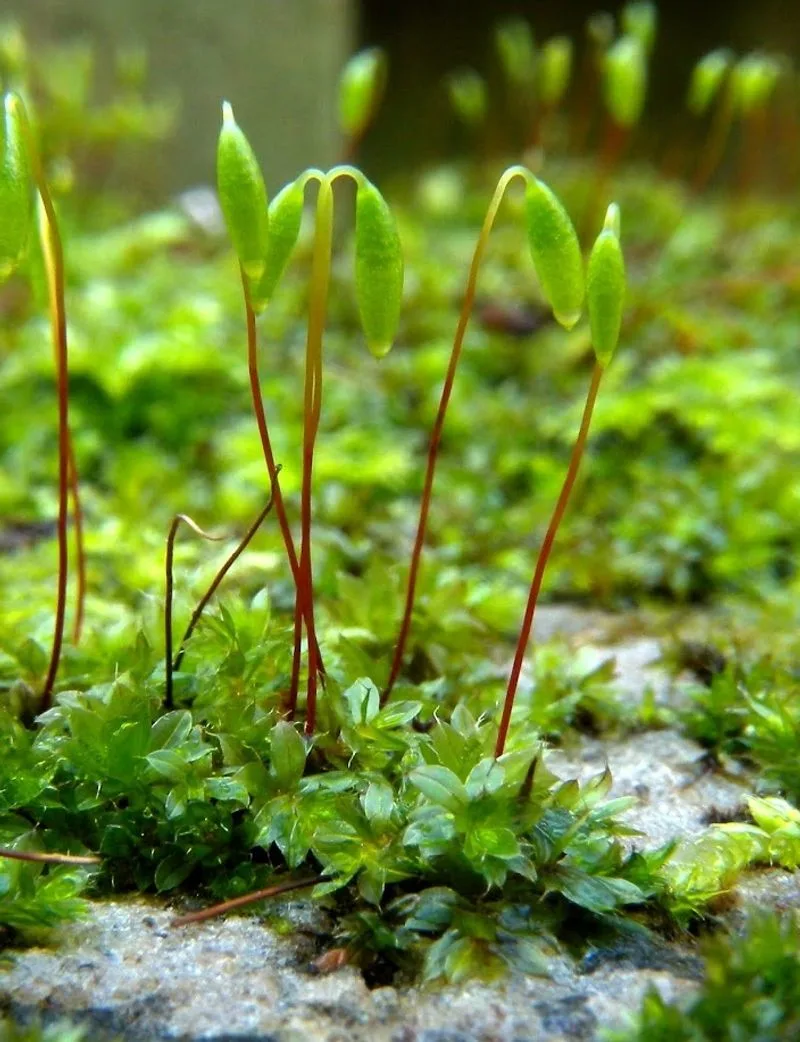
Mosses often herald a moist environment. Their lush presence in cracks suggests that water is seeping into the crevice, providing a perfect habitat. Soft underfoot and visually soothing, moss brings a touch of tranquility to harsh urban settings. These plants don’t need much to thrive – just enough moisture and a bit of shade. Mosses can also indicate acidity in the substrate. Their appearance in cityscapes serves as a gentle reminder of nature’s soft resilience and adaptability, even in the smallest of spaces.
Plantain
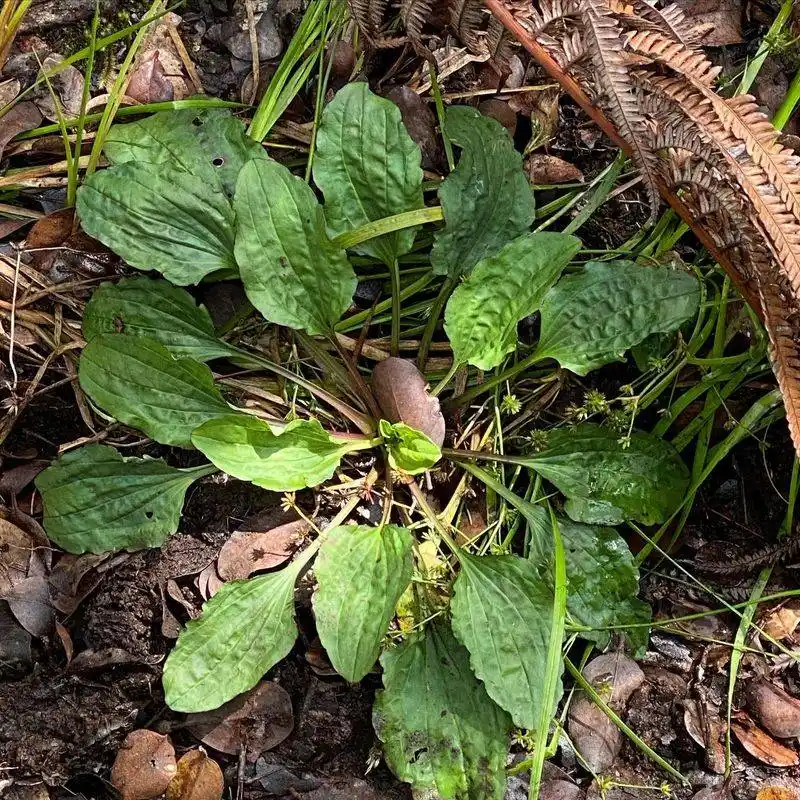
Sturdy and adaptable, plantains are often found in urban settings. They’re resilient, making homes in cracks and crevices. Not just any weed, plantains play an important role in soil health. By breaking through compacted layers, they improve aeration and allow nutrients to reach deeper levels. Known for their medicinal properties, plantains have been used to treat minor wounds and insect bites. The presence of this plant suggests compacted soil with possible nutrient deficiencies, inviting a closer look at the ground beneath.
Chickweed
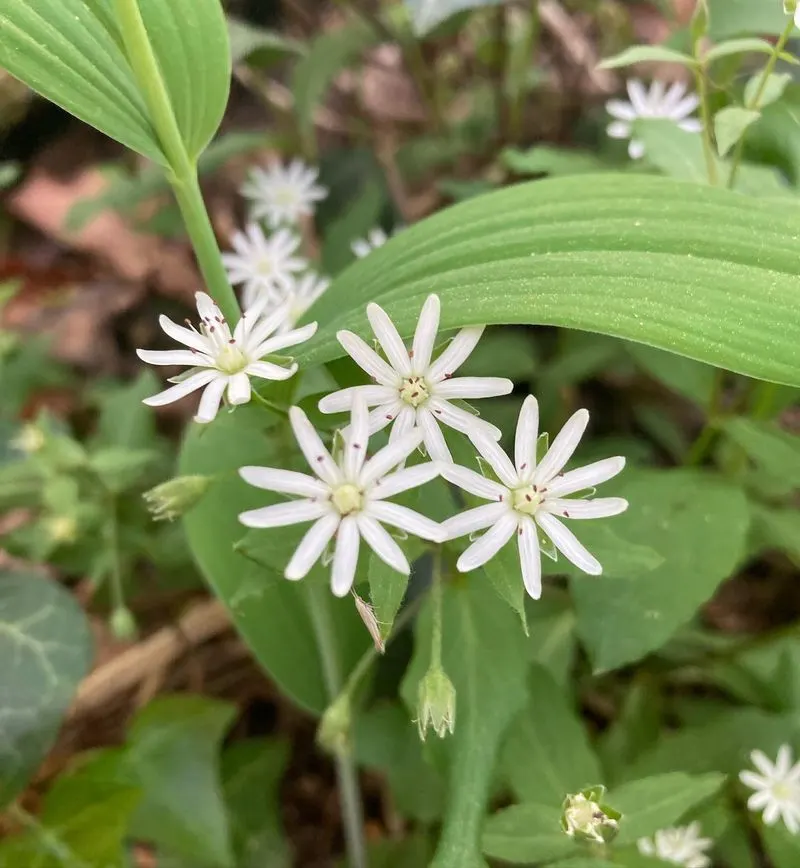
Chickweed’s delicate appearance belies its toughness. Often one of the first plants to appear in early spring, it thrives in cool, moist climates. Its presence in cracks can indicate nutrient-rich soil, as it typically grows in fertile conditions. Despite its small size, chickweed has been consumed as a nutritious leafy green, packed with vitamins. Often overlooked, this plant is a powerhouse of nutrients and adaptability, contributing to the ecosystem by providing food for insects and small animals.
Clover
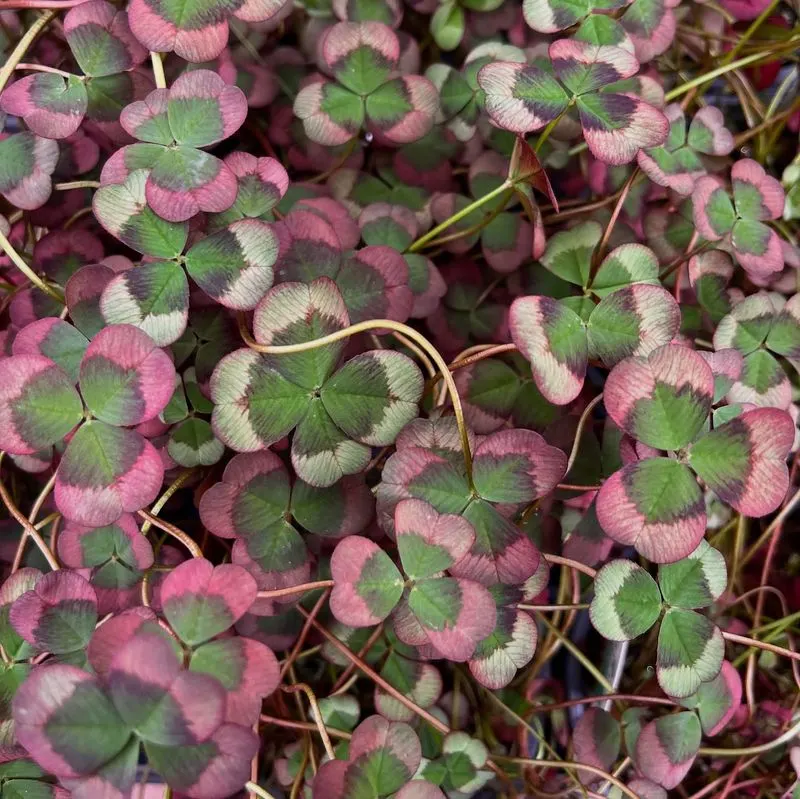
Clover in cracks suggests a nitrogen-rich environment. These trifoliate leaves are not just symbols of luck but also indicators of fertile soil. Clovers have a unique ability to fix nitrogen, improving soil quality and supporting other plants. Their appearance can mark areas where soil fertility is beginning to recover. Beyond their role as a soil conditioner, clovers provide nectar for bees and can be used as a cover crop in sustainable gardening practices. This unassuming plant is a harbinger of better soil health.
Purslane
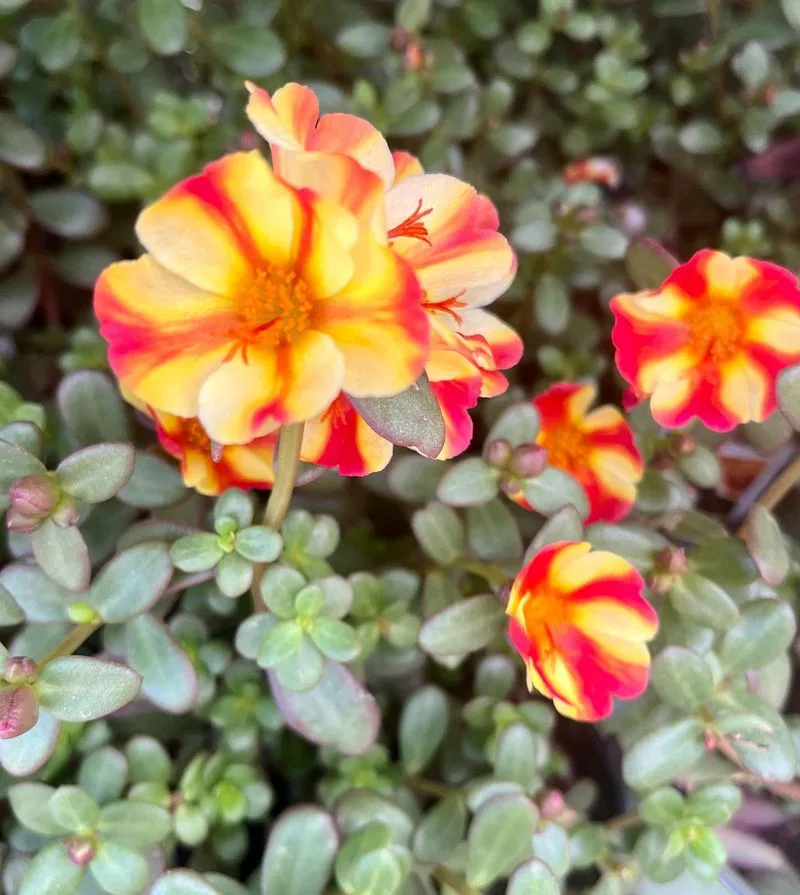
Purslane’s succulent leaves hint at its drought-resistant nature. Often seen in sidewalk cracks, it thrives where others wilt. This plant is a nutritional powerhouse, known for its omega-3 fatty acids, providing sustenance in unexpected places. Purslane’s ability to grow in dry, nutrient-poor environments makes it a significant indicator of survival resilience. It speaks of nature’s ability to adapt and flourish against the odds. As a foraged food, purslane adds both flavor and nutrition to meals, making it a valuable find in urban areas.
Bermuda Grass
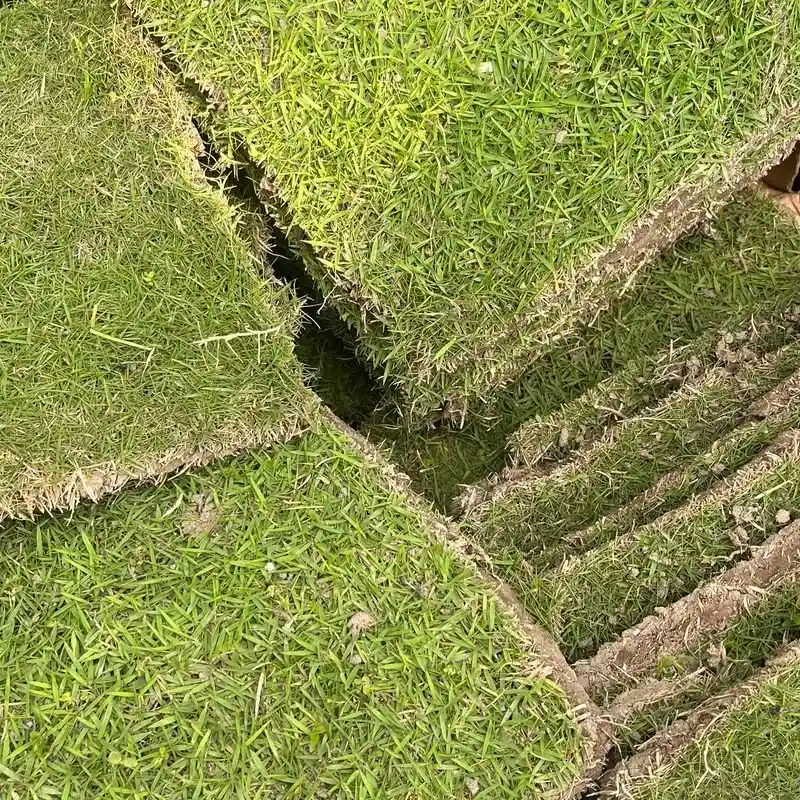
Often deemed a nuisance, Bermuda grass in cracks signals compacted soil needing attention. Its vigorous growth pattern allows it to colonize spaces swiftly, often outcompeting other species. This grass is a master of survival, thriving in warm climates and resilient to foot traffic. Its presence in cracks may indicate soil compaction and an area in need of tilling. Despite its reputation as a weed, Bermuda grass is used in lawns and sports fields for its durability and recovery rate.
Shepherd’s Purse

Named for its pouch-shaped seed pods, shepherd’s purse is a common sight in urban cracks. This plant is a pioneer in disturbed soils, often appearing in early spring. It thrives in compacted areas and its presence can indicate poor soil health. Historically, it has been used in herbal medicine for its purported benefits. Shepherd’s purse serves as a reminder of the persistence of life, even in less-than-ideal conditions. Its ability to grow in tiny cracks showcases nature’s unyielding spirit.
Spotted Spurge
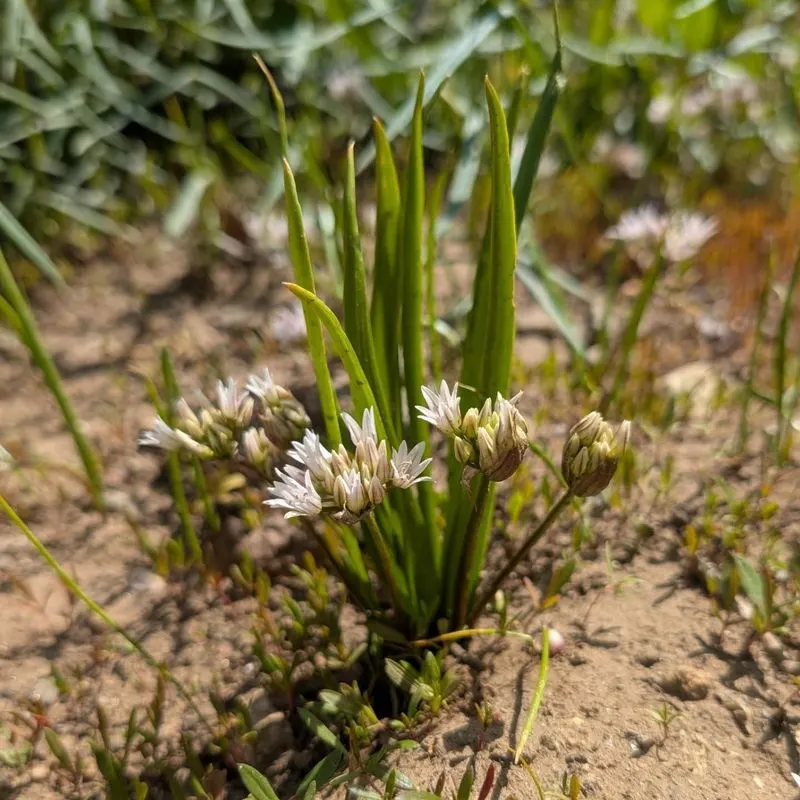
Spotted spurge, with its distinctive red stems, often grows in sunny cracks. This plant thrives in dry, compacted soils where little else can. Its presence can indicate a lack of soil fertility and an environment leaning towards arid conditions. Spurge is known for its ability to rapidly colonize areas, thanks to its quick seed production. Though often considered a weed, it serves as a pioneer species in challenging environments, setting the stage for other plants to follow. Its resilience is a testament to nature’s ingenuity.
Oxalis
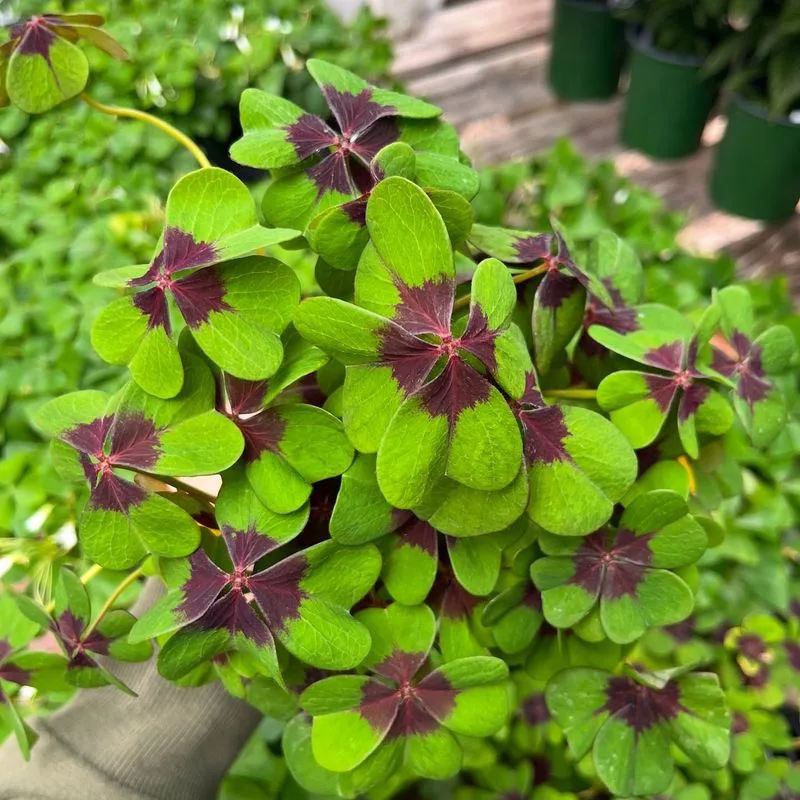
Oxalis, with its clover-like leaves and bright yellow flowers, often brightens up cracks with its vibrant appearance. This plant thrives in shaded areas, preferring cool, moist environments. Its presence can indicate acidic soil conditions. Oxalis is not just a pretty face; it’s edible, with a tangy taste reminiscent of lemons. Frequently found in urban areas, it provides a touch of color and life to otherwise overlooked spaces. As an adaptable species, oxalis showcases nature’s artistry in even the smallest of spaces.
Thyme
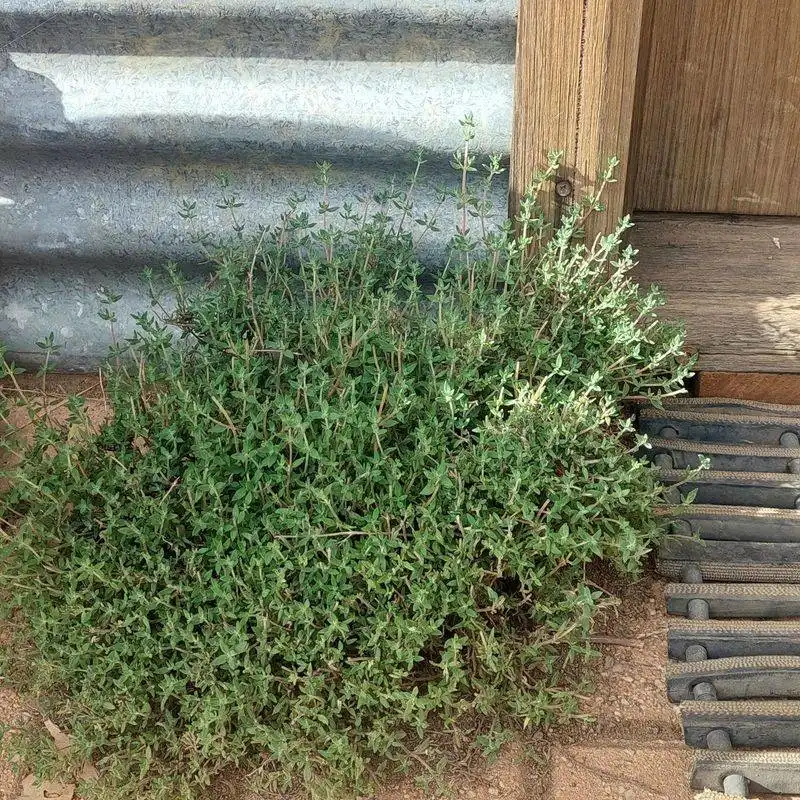
Aromatic and hardy, thyme in cracks suggests a well-draining soil environment. This herb is often found in sunny, rocky areas. Its presence can indicate that the surrounding area remains dry and receives plenty of sunlight. Known for its culinary uses, thyme’s fragrance is unmistakable and its resilience notable. The herb thrives in tough conditions, making it a popular choice for rock gardens and difficult landscapes. Its ability to flourish in such spaces adds an element of charm and utility to urban settings.
Yarrow
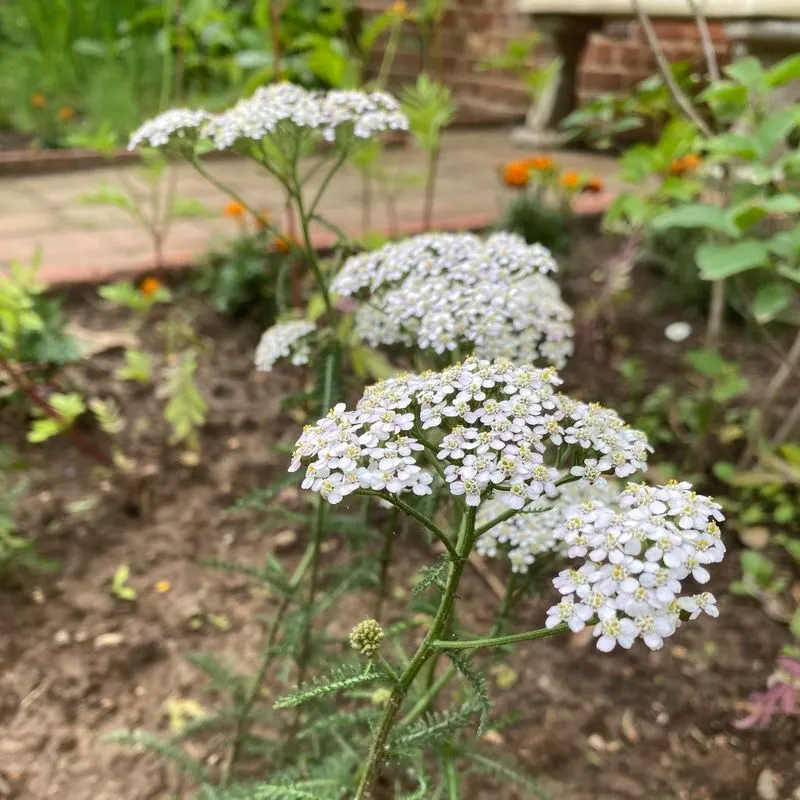
With feathery leaves and clusters of white flowers, yarrow is a resilient beauty. Often found in cracks, it thrives in poor, dry soil conditions. Yarrow’s presence suggests the soil is well-drained and might lack nutrients. Historically, yarrow has been valued for its medicinal properties. Its ability to flourish in challenging environments speaks to its adaptability and strength. This plant not only beautifies urban landscapes but also holds a rich history in herbal medicine, making it a fascinating addition to city life.
Bluegrass
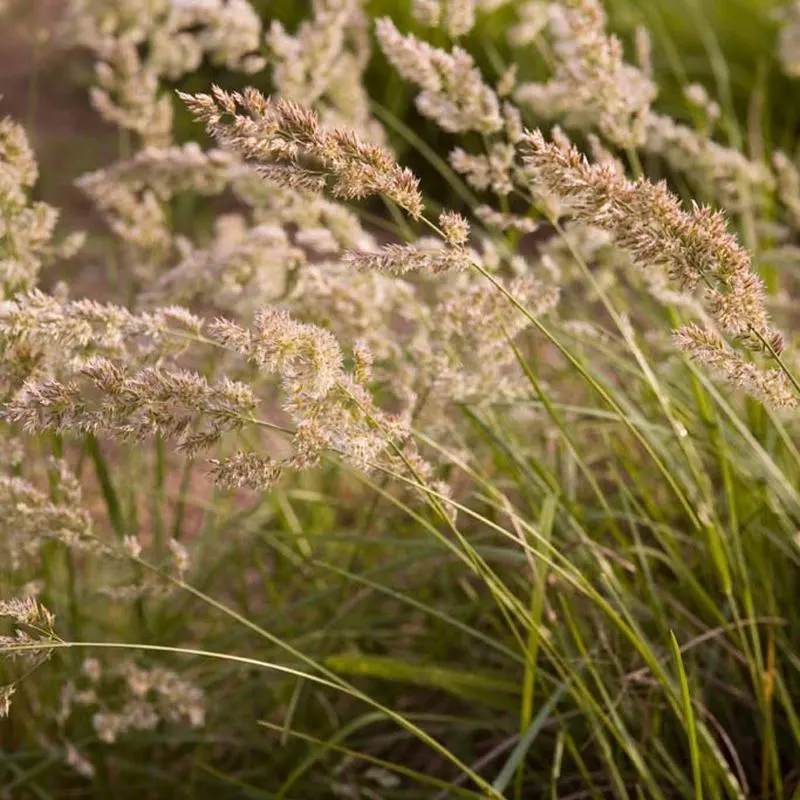
Bluegrass in cracks is a testament to its hardiness. This grass type is often a sign of compacted soil that requires aeration. Known for its fine texture and deep green color, bluegrass can transform barren spaces into green pockets. Its presence indicates a need for soil improvement, often thriving in cooler climates. Beyond its role as a common lawn grass, bluegrass is appreciated for its ability to quickly establish and repair damaged areas. Its resilience makes it a lasting feature in urban landscapes.
Nettle

Nettle is not just a weed; it’s a dynamic survivor that often grows in nutrient-rich soils. Its presence in cracks indicates fertile ground that might be high in nitrogen. Despite its notorious sting, nettle offers a wealth of uses, from nutritious soups to herbal teas. This plant’s ability to thrive in tiny spaces highlights its adaptability. Nettle’s tenacity in urban environments speaks to the richness of the underlying soil, making it both a challenge and a resource for gardeners.
Groundsel
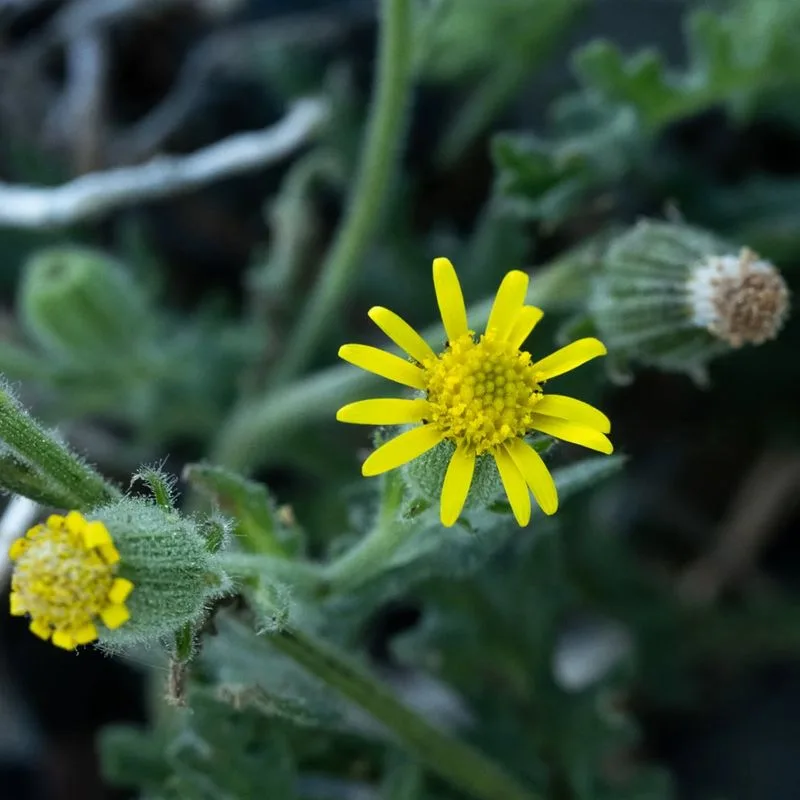
Groundsel, with its small yellow flowers, often appears in cracks, indicating disturbed or poor soil. This plant is a fast grower, quickly colonizing available spaces. Despite its classification as a weed, groundsel plays a vital role in the ecosystem, providing food for butterflies and other insects. Its presence can suggest an area undergoing ecological succession. Groundsel’s resilience in tough environments underscores its importance as a pioneer species, paving the way for more complex plant communities.

